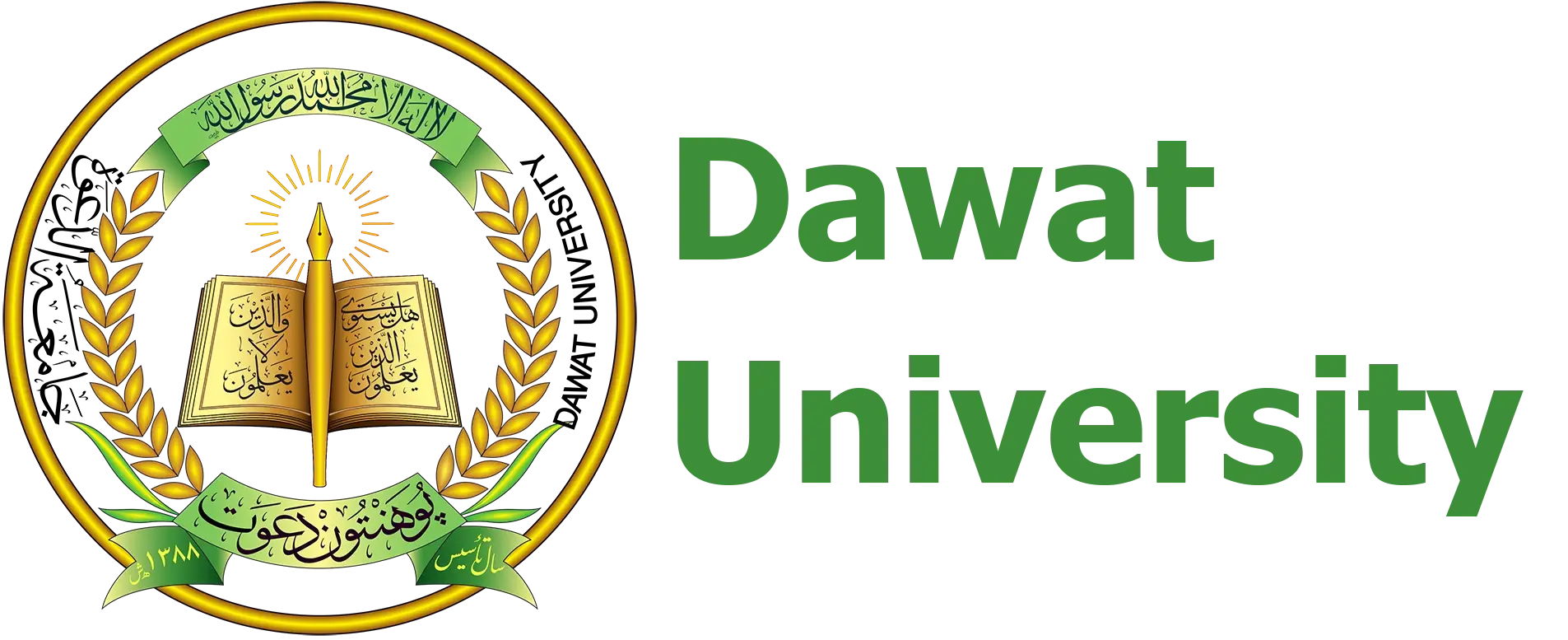14 Programs
Cross Interdisciplinary Boundaries
3 Libraries
Hold over 50K Books
200K AF
Research Budget
Research Directorate

About Research Directorate of Dawat University
The Research Directorate of Dawat University with REG code: RCTD – PNJR- 00+12-22 and ACRED code: RCTD- PNJA+00-4-23 from Ministry of Higher Education, serves as the backbone for advancing knowledge, innovation, and academic excellence. It facilitates and supports faculty, students, and external collaborators in conducting high-quality research across diverse disciplines.
The department oversees research funding, ethical compliance, project management, and dissemination of findings through publications and conferences. By fostering a culture of inquiry and discovery, the Research Department contributes to societal development, technological progress, and the university’s global reputation.
Planning and Design
Identify the research problem, set objectives, review existing literature and develop a research methodology, including data collection methods, and tools. It's essential for academic standards.
Data Collection and Analysis
Gather relevant data through experiments, surveys, interviews, or observations, and analyze it using statistical or qualitative methods to identify patterns, relationships or insights.
Reporting and Conclusion
Interpret the findings, draw conclusions, and present them in a report, paper, or presentation, highlighting implications, limitations, and recommendations for future research.
Step 1: Planning and Design
The Planning and Design phase is crucial for laying a solid foundation for the research process. It ensures clarity, focus, and feasibility, guiding the entire study. Here are the key components of this step:
- Problem Identification
- Literature Review
- Research Questions and Hypotheses
- Research Design and Methodology
- Ethical Considerations
- Resource Planning
- Risk Assessment and Contingency Plans
- Documentation and Proposal Writing
The Planning and Design stage is essential for ensuring the research is well-structured, achievable, and aligned with ethical and academic standards. A well-thought-out design reduces errors, enhances the quality of data collected, and increases the credibility of the final results.
Step 2: Data Collection and Analysis
Data collection involves gathering information from various sources, and the approach depends on the research method (qualitative, quantitative, or mixed methods).
Data analysis is the process of organizing, cleaning, and examining the collected data to derive insights. The approach to analysis depends on whether the research is qualitative, quantitative, or mixed-method.
- Data Collection:
- – Types of Data
- – Data Collection Methods
- – Data Collection Tools
- – Sampling Techniques
- – Ethical Considerations During Data Collection
- Data Analysis:
- – Data Preparation and Cleaning
- – Data Analysis Methods
- – Tools for Data Analysis
- – Interpretation of Results
- – Ethical Considerations During Data Analysis
Step 3: Reporting and Conclusion
The Reporting and Conclusion step is the final and most visible stage of the research process. This step involves presenting the research findings, drawing conclusions, and offering recommendations based on the results. Well-structured report ensures that the research is understood, validated, and useful for decision-making, academic contribution, or future studies.
- Reporting the Research:
- – Structure of a Research Report
- . Title Page
- . Abstract
- . Table of Contents
- . Introduction
- . Literature Review
- . Methodology
- . Results
- . Discussion
- . Conclusion
- . Recommendations
- . Limitations of the Study
- . References/Bibliography
- . Appendices
- – Data Presentation Tools
- . Tables
- . Graphs/Charts
- . Figures/Diagrams
- – Structure of a Research Report
- Drawing Conclusions:
- – Restate the Research Objectives
- – Summary of Key Findings
- – Interpretation of Results
- – Practical Implications
- – Theoretical Contributions
- – Answer the Research Questions
- – Generalization of Results
- – Reflection on Limitations
- – Call for Further Research
The Reporting and Conclusion step ensures that the research is shared with stakeholders, practitioners, and the wider academic community. A well-written report increases the impact and value of the research, allowing others to benefit from the findings.
